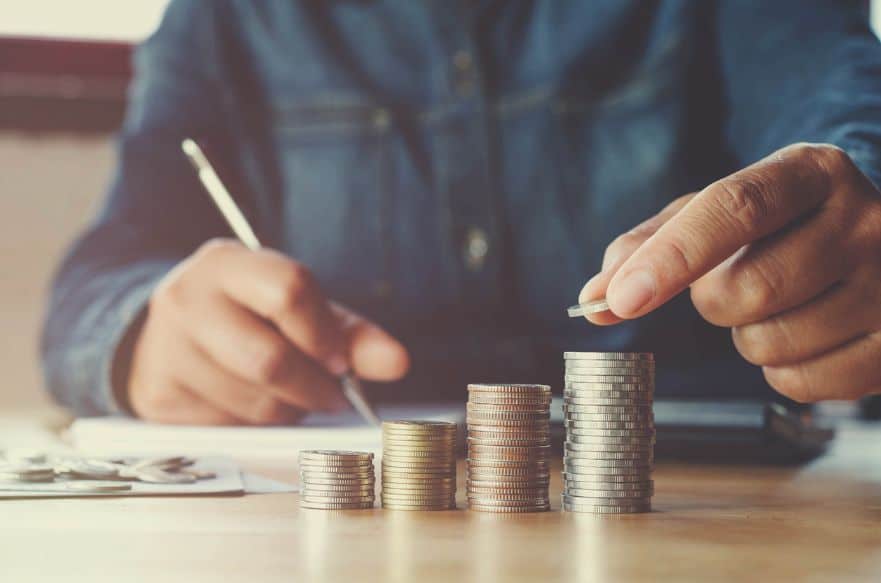Inflation in April accelerated at its fastest pace in more than 12 years as the U.S. economic recovery kicked into gear and energy prices jumped higher, the Labor Department reported Wednesday.
The Consumer Price Index, which measures a basket of goods as well as energy and housing costs, rose 4.2% from a year earlier. A Dow Jones survey had expected a 3.6% increase. The month-to-month gain was 0.8%, against the expected 0.2%.
Excluding volatile food and energy prices, the core CPI increased 3% from the same period in 2020 and 0.9% on a monthly basis. The respective estimates were 2.3% and 0.3%.
The increase in the annual headline CPI rate was the fastest since September 2008, while the monthly gain in core inflation was the largest since 1981.
Energy prices overall jumped 25% from a year earlier, including a 49.6% increase for gasoline and 37.3% for fuel oil. That came even though most energy categories saw a decline in April.
Prices at the pump, which fell 1.4% in April, have resumed their climb in May, with the national average eclipsing $3 a gallon for the first time since November 2014, according to AAA. Further rises are likely from Friday’s cyberattack that shut down Colonial Pipeline’s main transmission line from Houston to New Jersey.
Used car and truck prices, which are seen as a key inflation indicator, surged 21%, including a 10% increase in April alone. Shelter, another key CPI component, was up 2.1% year over year and 0.4% for the month.
In addition to rising prices, one of the main reasons for the big annual gain was because of base effects, meaning inflation was very low at this time in 2020 as the Covid pandemic caused a widespread shutdown of the U.S. economy. Year-over-year comparisons are going to be distorted for a few months because of the pandemic’s impact.
For that reason, Federal Reserve policymakers and many economists are dismissing the current round of numbers as transitory, with the expectation that inflation settles down later this year around the 2% range targeted by the central bank.
Fed officials repeatedly have said they will not raise interest rates or pull back on monthly bond purchases until inflation averages around 2% over an extended period.
“As the cyclically-sensitive components of CPI are still rising at a modest pace, we doubt this report will change the view of officials that inflationary pressures are ‘largely transitory,‘” wrote Michael Pearce, senior U.S. economist at Capital Economics. “It’s just that there’s a lot more ‘transitory’ than they were expecting.”
Stock market futures briefly reached session lows after the release of the CPI numbers and pointed to a negative open on Wall Street. Government bond yields were mostly higher.
Price surges also have come amid supply bottlenecks caused by a number of factors, from production issues with the ubiquitous semiconductors found in electronics products to the Suez Canal blockage in March to soaring demand for a variety of commodities.
Lumber prices alone have risen 124% in 2021 amid persistent demand for building materials. Copper, often seen as a proxy for economic activity, has jumped nearly 36%.

